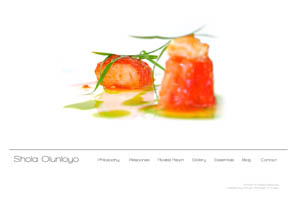Just a poignant note on how designing is a privilege, and important at the same time, by John McWade, publisher of Before & After Magazine. He writes of a reader writing in from Haiti, a farmer-cum-desktop publisher, who says:
“I am coming to believe that pleasing design needs no apology, even, if not especially, in scientific publications. Our societies are now at the stage that a great number of us can not only appreciate the pleasures offered by good design, but almost demand that artistic expression be placed on the same level as informational expression. I’m not sure why, but it has much to do with why we are human.”
And John notes:
Such contrasts these are! Here is a reader, a farmer, who has worked 15 years in a nation where half the children are undernourished and 1 in 10 will die, 7 of 10 adults are illiterate, half the urban population has no access to safe water . . .
. . . pause here for a moment . . .
. . . writing to a magazine subtitled “How to design cool stuff”. . .
. . . inspired by what we do.
What accounts for this? How does design even exist in such an environment, much less inspire?
You might look again at what you do. You sit with a full tummy in your warm office at a blank screen with an ad to make, and you’re thinking, “Jeez, I have to come up with something original and clever and it better be soon.” That’s not how to think. As a designer you have a privilege, one that others do not. It is the privilege of making visible that which others can only imagine, feel or think. When you do this, you open a window through which your audience can see, know and understand.
Full post here.
